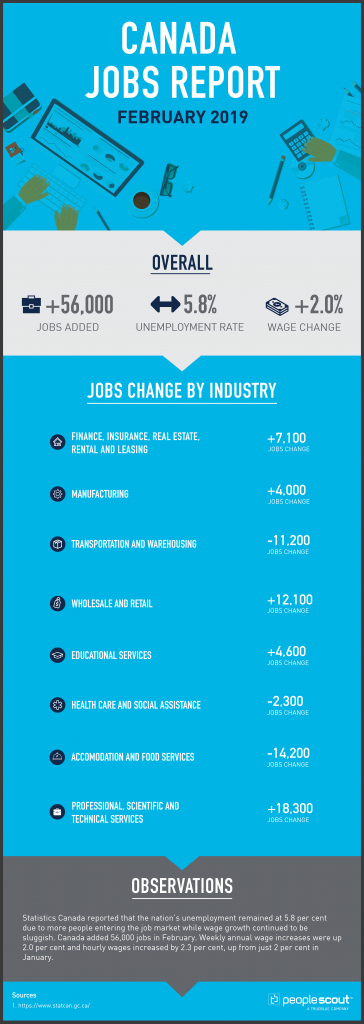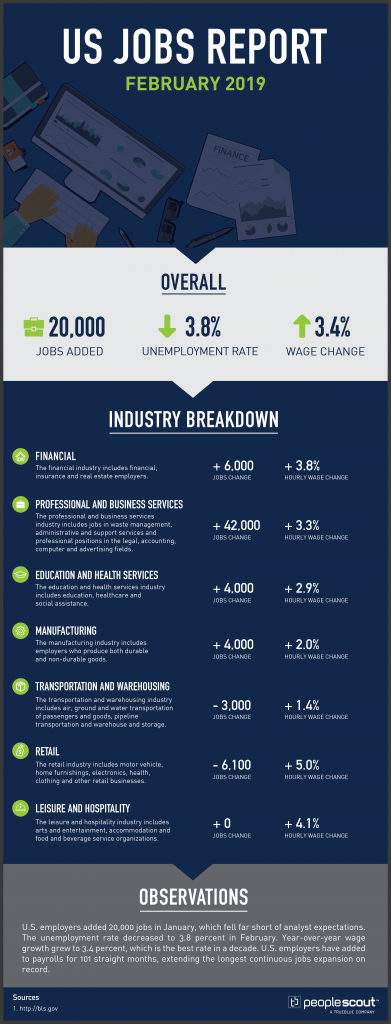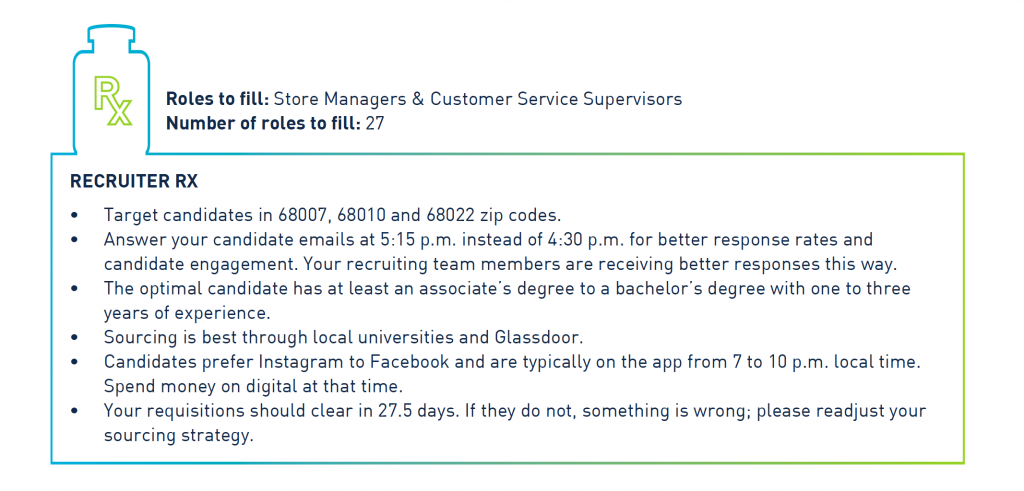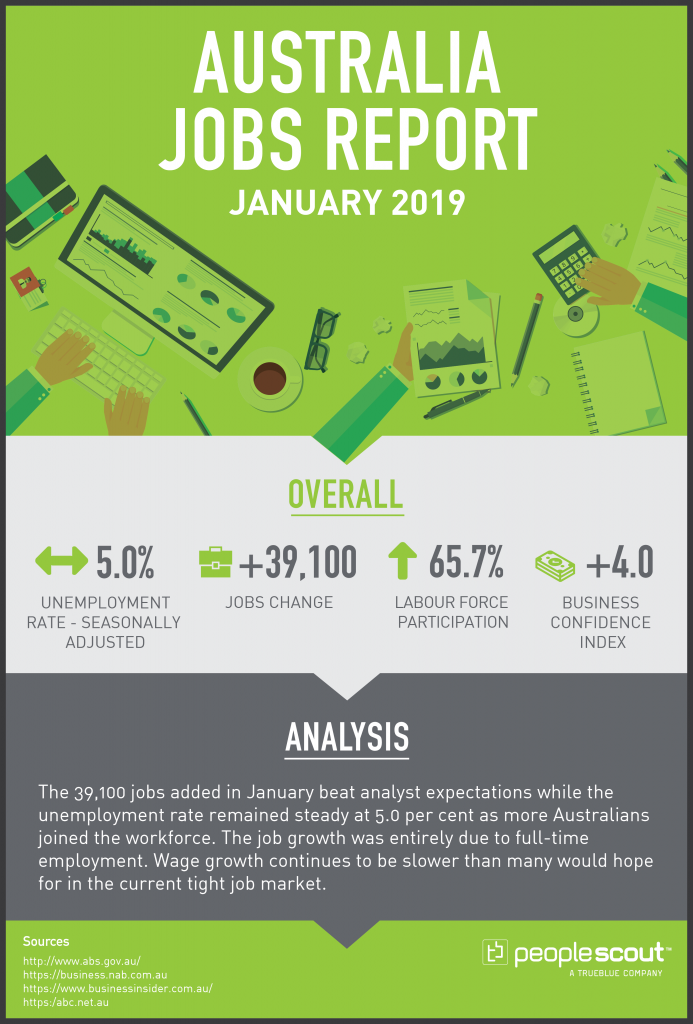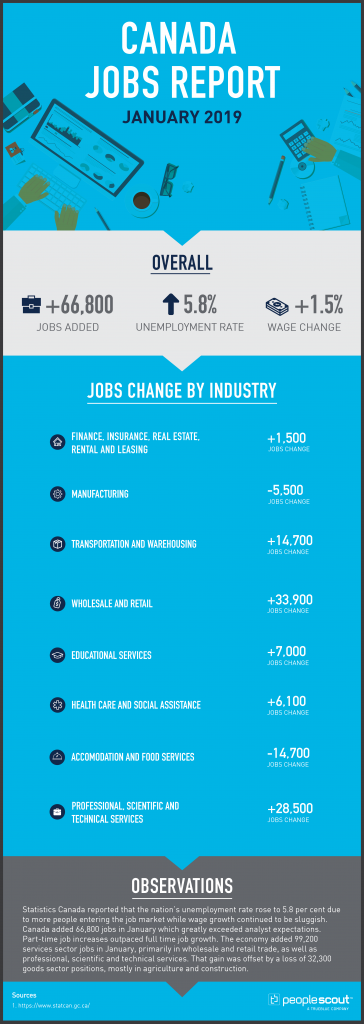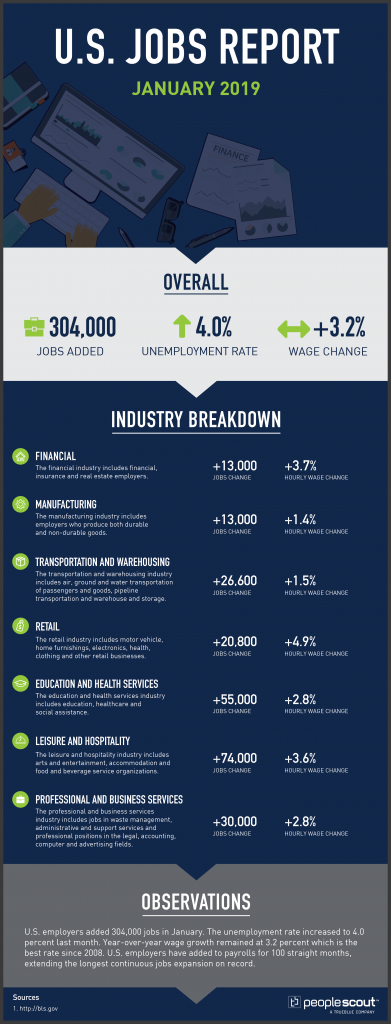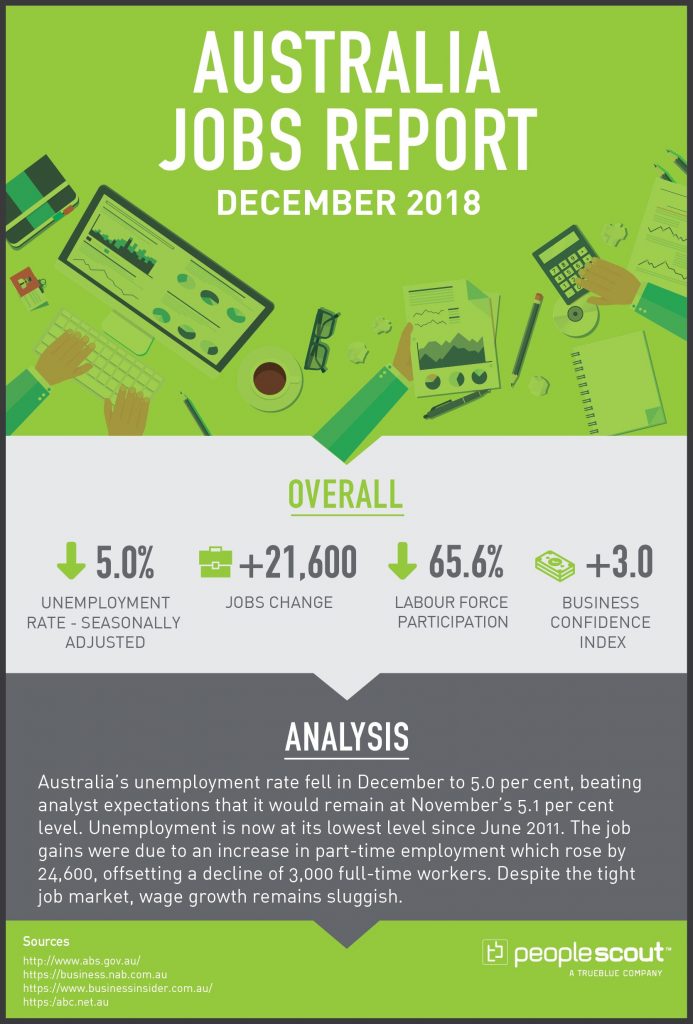“Where do you see yourself in five years?” It is perhaps the most time-worn question in a job interview. But if the candidate answers that if they are hired, they will be happily working in your organization, the odds are against this ever happening. Why? The average time workers in the U.S. remain in one job is just 4.2 years. And in other leading economies, the average single job tenure can be similarly brief. In the UK, workers change jobs every five years, while in Australia, the national average job tenure is just three years and four months. In Canada, the average length is 8.5 years, but the averages vary widely depending on the industry.
For those hoping to attract and retain top talent, these figures can be familiar – and a cause for concern. When human resource professionals look inside their organizations and identify employees who have defied the statistical average, staying with the company far longer than five years and contributing significantly to its success, they wonder “how do I get more of them?” With low unemployment making many job markets the most challenging in recent memory, there is genuine urgency not only to retain the best talent but to find a way to attract talent that will stay with an organization for the long-term. In other words, there is a need to recruit to retain, but how?
Know Your Talent: Why They Leave and Why They Stay and Thrive
Like many organizations, your company may already have an employee retention program in place. Enterprises are making considerable efforts to retain talent, and the processes they deploy to improve employee retention can also be incorporated into your recruitment process.
For example, it is relatively common to have exit interviews with departing workers to better understand why they are leaving the organization. When a sufficient number of exit interview results are available and evaluated, trends can emerge that can lead to actionable items to improve employee retention. Certain common traits or characteristics may also appear among those who voluntarily leave their jobs.
Less common, but potentially just as valuable, is the “stay interview.” These interviews with current employees allow them to express their concerns before they are in a position to leave, which can help leaders address issues and take steps to retain top talent.
And just as exit interviews can bring into focus the characteristics of those who quit, the stay interview can help identify the traits of those who remain and thrive. Once a group of long-term successful employees is identified, a stay interview can be designed for this group with the goal of identifying why they have remained with the company, what factors have contributed to their success and what characteristics many or most of them have in common. Identifying these characteristics in your candidate pool during the recruiting process could be an indicator of future success.
In today’s tight job market, if you are not working to identify candidates with the characteristics that have been proven to lead to long-term achievement in your company, your competitors probably are. SHRMreports that “Many organizations are seeking more of a ‘whole person’ gauge of candidates, experts say, assessing not just skills or intellectual horsepower but also personality traits, cultural fit and motivational drivers that can prove the difference between candidates who thrive over the long run and those who quickly derail.”
Predictive Analytics: Unlocking the Key to Recruitment for Retention
Predictive analytics is a type of data analytics that uses data to find patterns and then uses those models to attempt to predict the future. Consider the most basic data you likely have about a single employee who worked for your organization and left after five years. A sample of data points could include:
- How they were sourced
- Their addresses over their tenure at the company
- Their education and certifications
- Previous employers
These data points alone may not provide insight into why this employee joined your organization and why they left. But, if just these pieces of information were aggregated for all your employees, both past and present, here are a few insights which could be determined:
- Is there a correlation between how an employee is sourced and their tenure at the organization?
- Do employees who live far from the workplace quit sooner than those who do not?
- Do employees from certain schools or that have particular certifications stay longer with the company than others?
- Are there previous employers which produce more long-term employees than others?
The information found in even one of these examples could be built into your recruitment strategy and have a meaningful impact in recruiting talent that will remain with your organization.
The right technology using predictive analytics can provide effective recruiting insight, as PeopleScout’s Allison Brigden explains:
“In this tightening talent market with unemployment rates at record lows, predictive analytics is emerging as an essential AI tool for employers looking to stay ahead of the competition. Predictive analytics allows employers to use the power of data to make predictions about candidates and drive efficiencies throughout the entire talent acquisition process…
Predictive analytics can’t tell you what will happen, but it shows what is likely to happen based on past trends. It’s as close as employers can get to predicting the future.”
Solving for Retention
The dilemma faced by a major auto retailer was challenging but not surprising. The annual turnover rate in the retail sector is much higher than the national average in the U.S. With a 50% turnover rate and a need for 10,000 annual hires, there was an immediate need for drastic improvement
PeopleScout partnered with this automotive retailer and was able to rapidly address their turnover challenges by implementing the following solutions:
A Standard Hiring Model
An uneven hiring process was replaced, and a standard hiring model was put in place that included consistent OFCCP compliance and standardization across the company.
An Efficient Process
PeopleScout deployed a time-efficient screening process which focused on the quality of the candidate, with a guaranteed response from recruiting teams within 48 hours of application. To quickly present candidates to hiring managers, PeopleScout implemented block interview scheduling with great success.
Hiring Diversity
To help source and engage more diverse candidates, PeopleScout developed a comprehensive network of community organizations for partnered recruitment.
In-Region Recruiters
Collaborative relationships between recruiters and the client’s area managers were fostered by in-region placement of PeopleScout recruiters.
Transparent Reporting
Continuous improvement was driven through transparent reporting and analysis for the client’s executive and field leadership.
The Results:
- PeopleScout hired 10,000 employees in the first year of the engagement.
- The technician turnover rate improved by 5% and retail turnover by 6%.
- Hiring diversity improved by 40%, including an increase of 2% for veterans and 6% for female hires.
